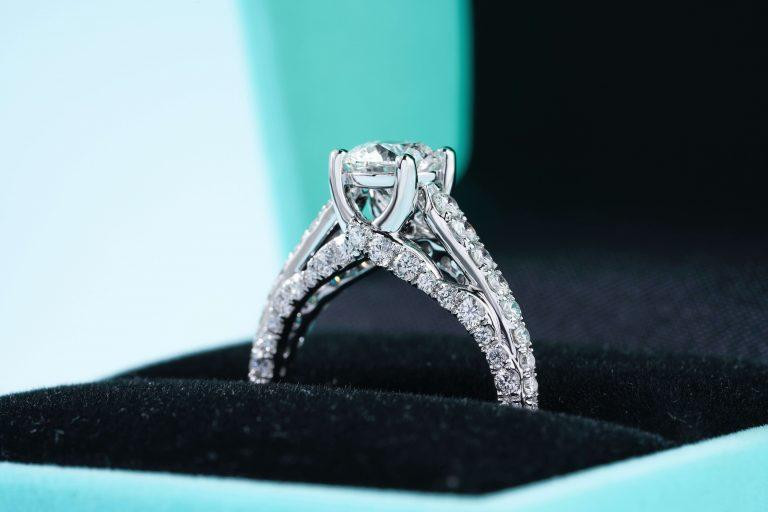Diamond engagement rings have long been a symbol of love and commitment in many cultures around the world. Here's some information about these rings
- History: The tradition of giving engagement rings dates back to ancient Egypt, where rings made from braided hemp or reeds were exchanged. The circle was a symbol of eternity, representing the unending love between a couple. The use of precious stones in engagement rings became popular in the 15th century.
- Diamonds as the Popular Choice: The tradition of giving diamond engagement rings became widespread in the 20th century, largely due to a successful marketing campaign by De Beers, a diamond mining company. Their slogan, "A Diamond Is Forever," reinforced the idea that diamonds are a lasting symbol of love.
- The Four Cs: When it comes to selecting a diamond for an engagement ring, there are four main factors to consider, often referred to as the "Four Cs":
- Carat Weight: This refers to the size of the diamond and is often a major factor in its cost.
- Cut: The quality of the cut affects how the diamond sparkles and reflects light.
- Color: Diamonds come in a range of colors, with "colorless" diamonds being the most valuable.
- Clarity: This measures the presence of internal or external flaws or inclusions within the diamond.
- Settings: Engagement rings come in a variety of settings. Common ones include solitaire, where a single diamond is the centerpiece, and halo, where the central diamond is encircled by smaller diamonds. The choice of setting can greatly affect the overall look and style of the ring.
- Metals: Engagement rings can be made from various metals, with platinum and white gold being popular choices due to their durability and ability to complement the brilliance of a diamond. Rose gold and yellow gold are also used for a more vintage or traditional look.
- Customization: Many people choose to customize their engagement rings to make them unique. This can involve selecting different diamond shapes, adding accent stones, or incorporating personal elements into the design.
- Ethical Concerns: In recent years, there has been growing concern about the ethical and environmental impact of diamond mining. Some couples opt for lab-grown diamonds, which are chemically identical to natural diamonds but are created in controlled environments, reducing the environmental and ethical concerns associated with traditional diamond mining.
- Cost: Engagement rings vary widely in price, with the cost primarily dependent on the size and quality of the diamond. It's essential to set a budget that aligns with your financial situation.
- Symbolism: Engagement rings are a symbol of love, commitment, and a promise of marriage. They are often exchanged during a proposal, marking the beginning of an exciting journey toward marriage.
Remember that the choice of an engagement ring should reflect the preferences and values of the couple involved. It's not just about the size or quality of the diamond but also about the love and commitment it represents.
Some MoreInteresting Articles:
12 Personalized Wedding Favors That Are Absolutely Worth It
Email : digitalkirak@gmail.com

